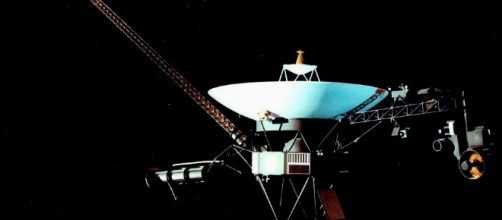Just like a science-fiction story, NASA's twin Voyagers achieved feats that once could only be achieved in the greatest imaginations. But on a fortunate day, August 20, 1977, history was made. Voyager 2 was launched into space and was followed by Voyager 1 a few weeks later. And from then on until this day, history was being made every day.
The Voyagers and their missions
The Voyager mission, which was a branch of the Mariner Mission, sent Voyager 2 in space on August 20, 1977. Two weeks later, Voyager 1 was sent with a faster and shorter trajectory to enable the probe to visit Jupiter, Saturn, Uranus, and Neptune.
The Voyager 2 successfully took pictures of the ice giants while Voyager 1 succeeded in overtaking Pioneer 10 and Pioneer 11 and became the most distant human-made object in space.
After 40 Years in space, the two spacecraft are still alive and kicking and are expected to serve humanity until 2025. Voyager 1 is now in Interstellar space and will continue to move away from the Solar System. While Voyager 2, after its tour along the ice giants, is now in the Heliosheath and will be following its twin into Interstellar space as well.
Voyager 1 will retire after almost a half-decade of service in 2025 when its fuel is expected to run out. It will still be floating through space, but the probe will not be able to send data back to Earth.
After that, Earth will have no way of knowing what will happen to the probe. With its speed of 62,140 km/h, Voyager 1 will be able to reach another star (and perhaps another Solar System) in 40,000 years. By then, humans might not be on the face of the Earth if it achieves this.
The special time capsule inside the Voyagers
Pioneer 10 and 11, Voyager's grandpas were carrying metal plaques that have the time and place of origin for other species to discover the human legacy. The twin Voyagers each carries a Golden Record that has sounds and images to portray the life on Earth. There is also a map that leads other spacefarers to Earth.
Carl Sagan, who led the creation of the Golden records, attached them to the side of each spacecraft.
Sagan decided to put the records in copper disks which are designed to last for one billion years. A playing needle is also included in the record casing, I just hope aliens will figure out how it will work.
Sounds from the Golden Record include speech, music, sounds, and pictures from the 1970's. Included in the list of music on the record are pieces from Bach, Beethoven and Mozart.


